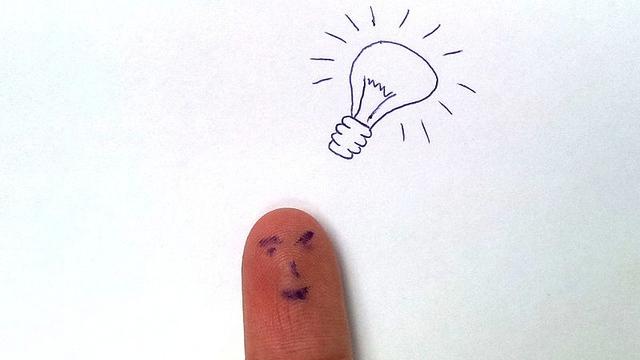A UCLA study shows that touching something can make you more prone to buy it. To combat this, finance writer Kim McGrigg proposes the “One Finger Rule”.
Photo by Tsahi Levent-Levi
UCLA’s research found that touch creates a sense of “perceived ownership”, and this sense of ownership influences our spending. McGrigg says it’s important to be aware of the research to make better buying decisions. Shen then explains the concept of the One Finger Rule:
You can touch anything you want, but only with one finger. I came up with this rule after a visit to the museum where a very patient volunteer allowed 30 preschoolers to touch different animal pelts, but only with one finger. It worked so beautifully that I decided to turn it into a shopping rule.
The rule works for children, because it satisfies their need to touch things, but it also prevents them from mishandling those things. As adults, we still have an urge to touch that stems from infancy. Using the One Finger Rule could satisfy that urge without implying ownership — making us less susceptible to overspending.
This tactic might not translate to online shopping, but during your next in-store moment of weakness, it’s worth a shot.
The Effect of Mere Touch on Perceived Ownership| UCLA Anderson via Money Management

Comments